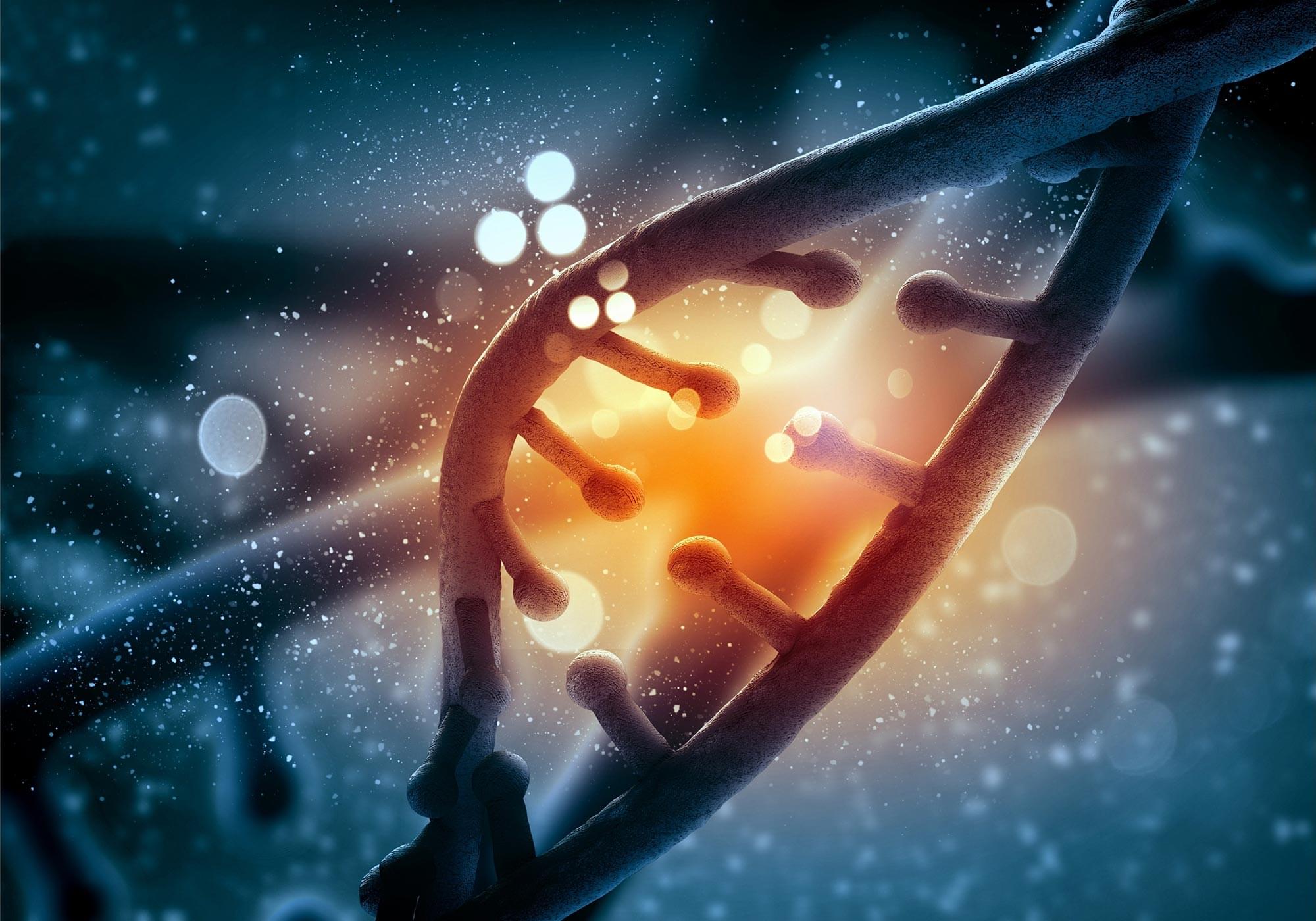A new light-based method lets tiny quantum dots release perfectly controlled photons, opening doors to faster and cheaper quantum technology.








Microsoft has released the KB5064081 preview cumulative update for Windows 11 24H2, which includes thirty-six new features or changes, with many gradually rolling out. These updates include new Recall features and a new way of displaying CPU usage in Task Manager.
The KB5064081 update is part of the company’s optional non-security preview update schedule, which releases updates at the end of each month to test new fixes and features coming to the next month’s Patch Tuesday.
Unlike regular Patch Tuesday cumulative updates, monthly non-security preview updates do not include security updates and are optional.

Microsoft has resolved a known issue causing false CertificateServicesClient (CertEnroll) error messages after installing the July 2025 preview and subsequent Windows 11 24H2 updates.
When it acknowledged this bug two weeks ago, the company asked users to ignore error events caused by recent updates that triggered a warning about the ‘Microsoft Pluton Cryptographic Provider’ not being loaded.

WhatsApp has patched a security vulnerability in its iOS and macOS messaging clients that was exploited in targeted zero-day attacks.
The company says this zero-click flaw (tracked as CVE-2025–55177) affects WhatsApp for iOS prior to version 2.25.21.73, WhatsApp Business for iOS v2.25.21.78, and WhatsApp for Mac v2.25.21.78.
“Incomplete authorization of linked device synchronization messages in WhatsApp […] could have allowed an unrelated user to trigger processing of content from an arbitrary URL on a target’s device,” WhatsApp said in a Friday security advisory.

Microsoft has found no link between the August 2025 KB5063878 security update and customer reports of failure and data corruption issues affecting solid-state drives (SSDs) and hard disk drives (HDDs).
Redmond first told BleepingComputer last week that it is aware of users reporting SSD failures after installing this month’s Windows 11 24H2 security update.
In a subsequent service alert seen by BleepingComputer, Redmond said that it was unable to reproduce the issue on up-to-date systems and began collecting user reports with additional details from those affected.